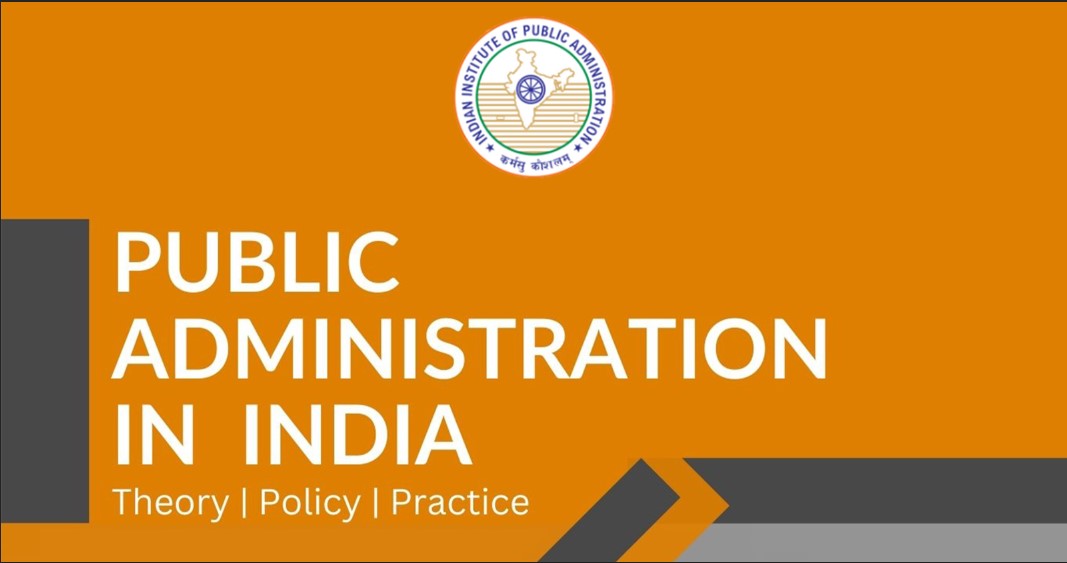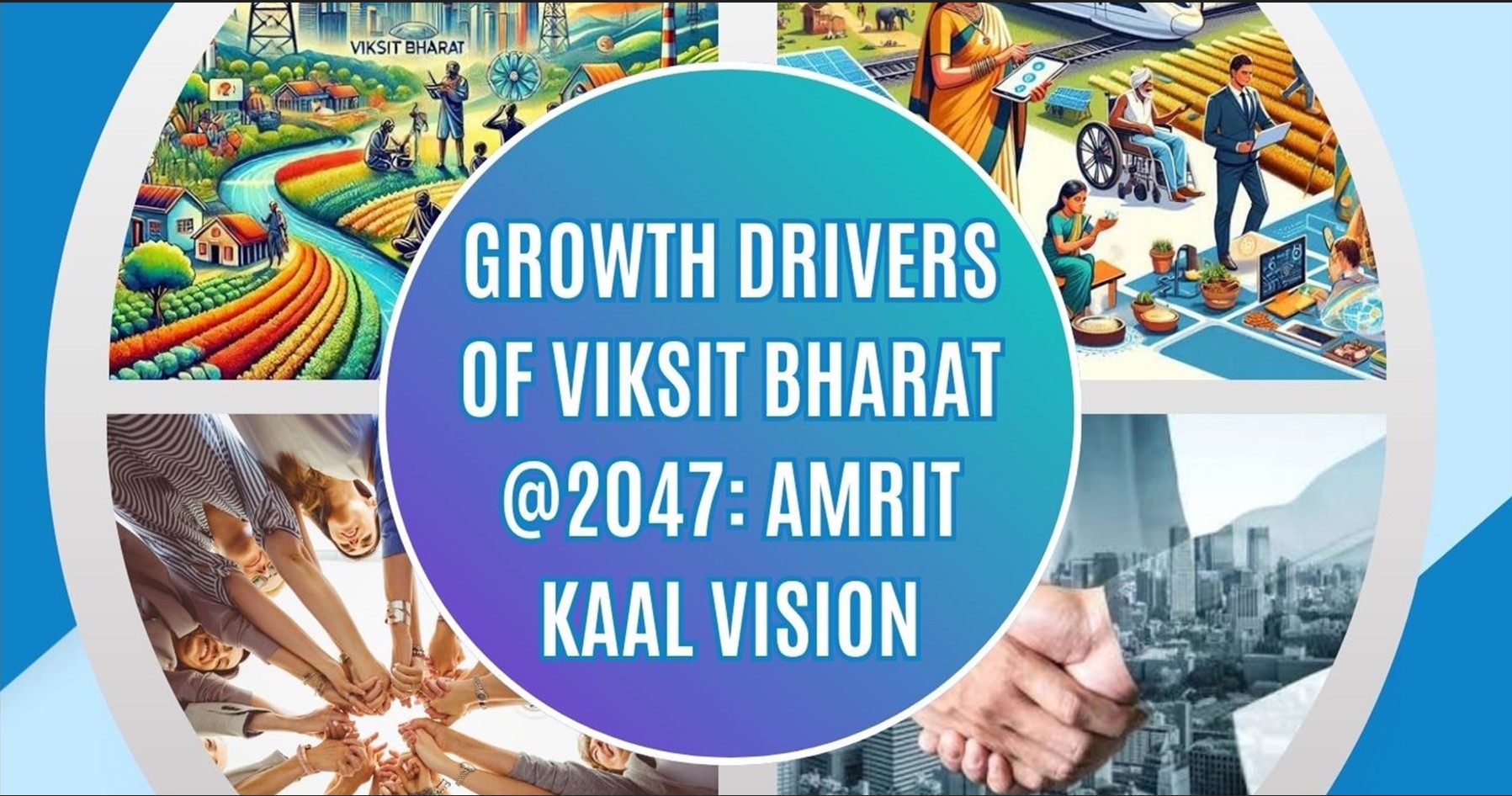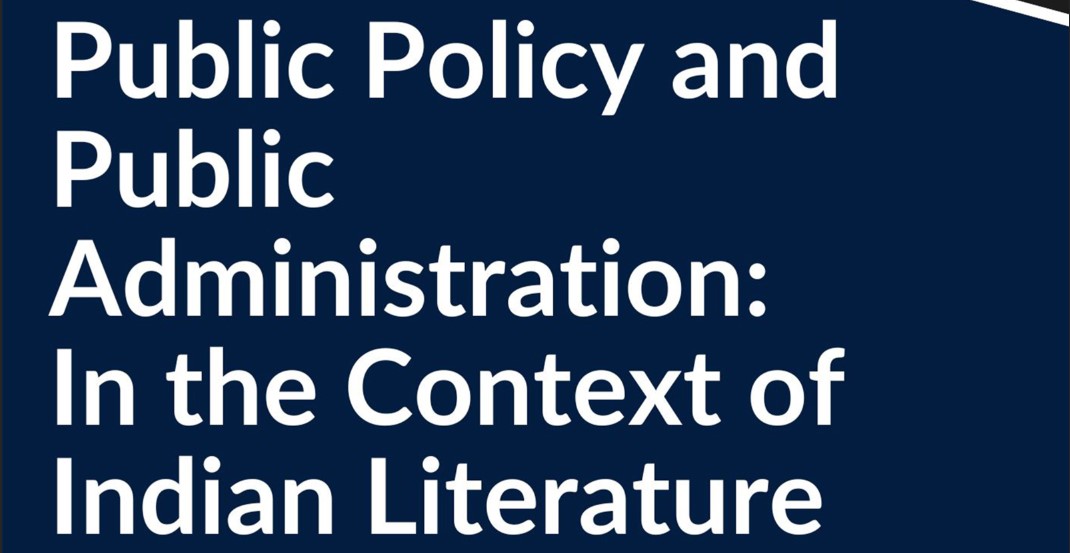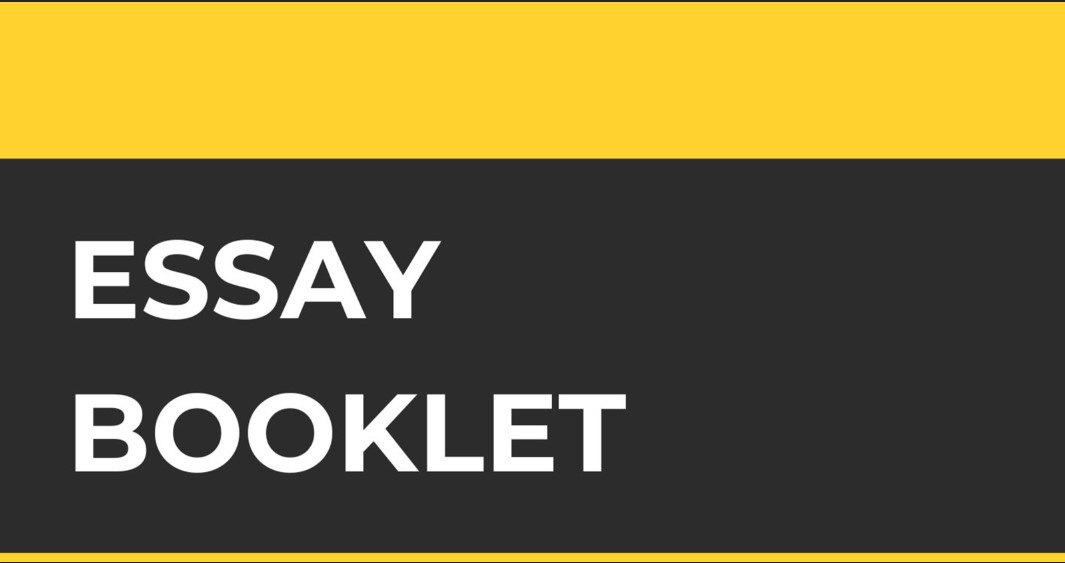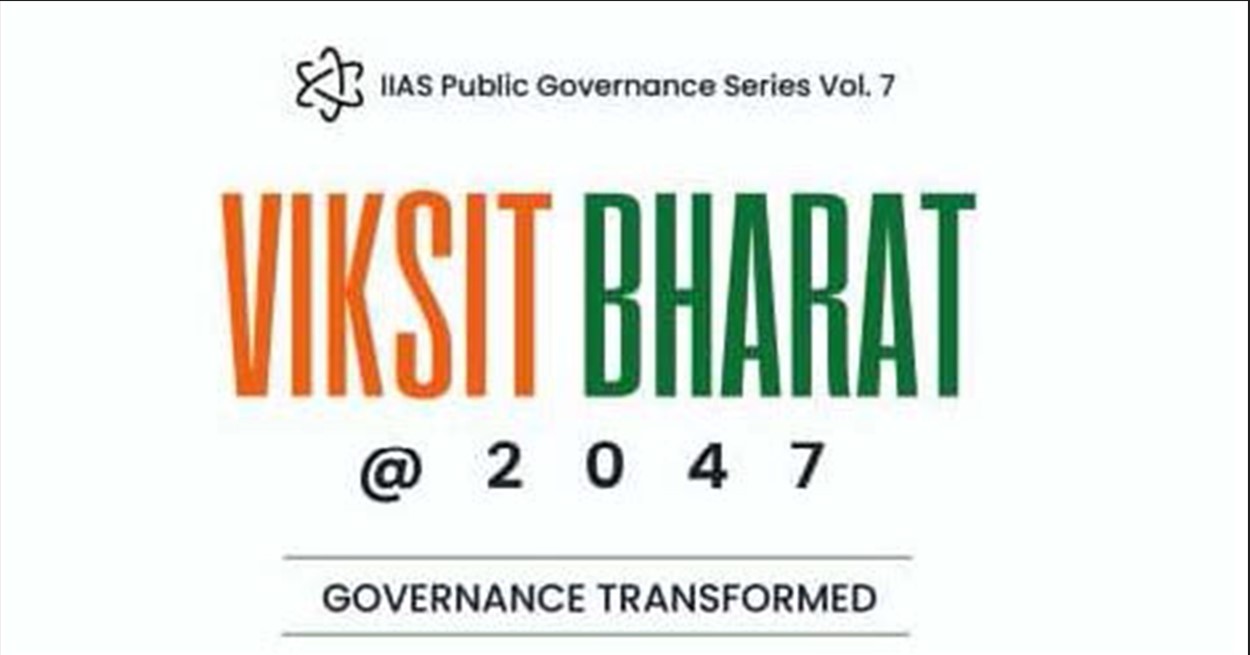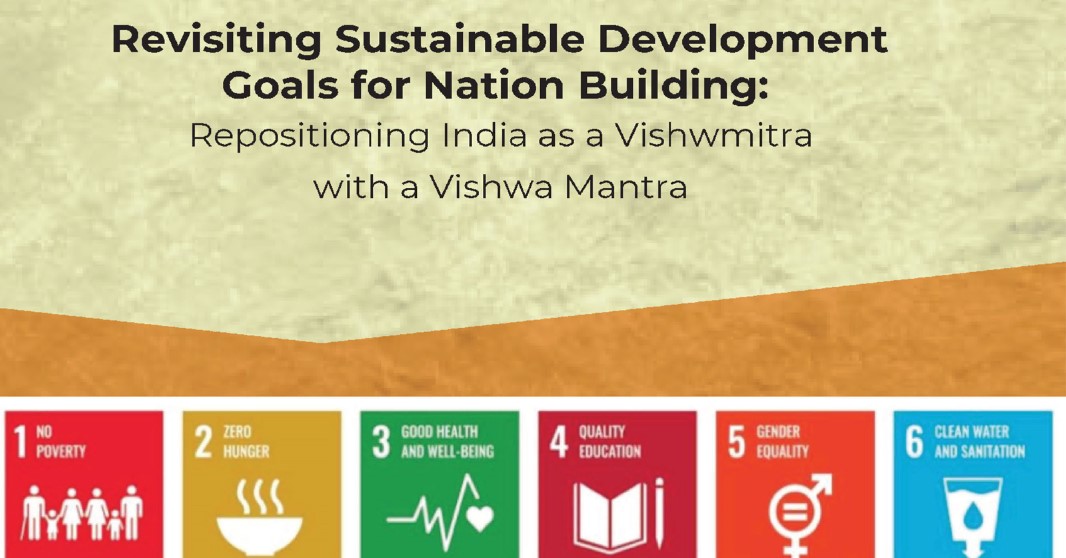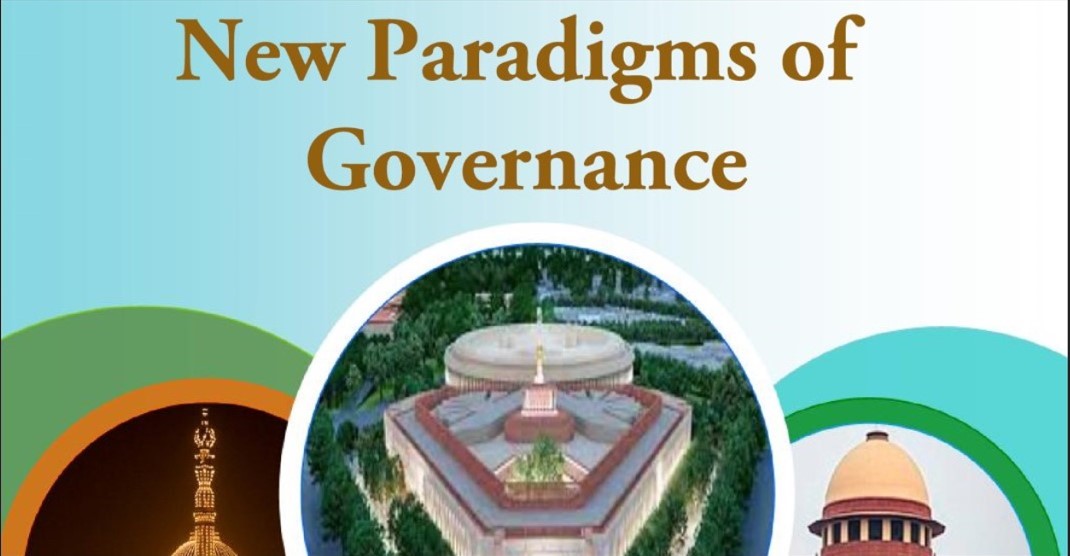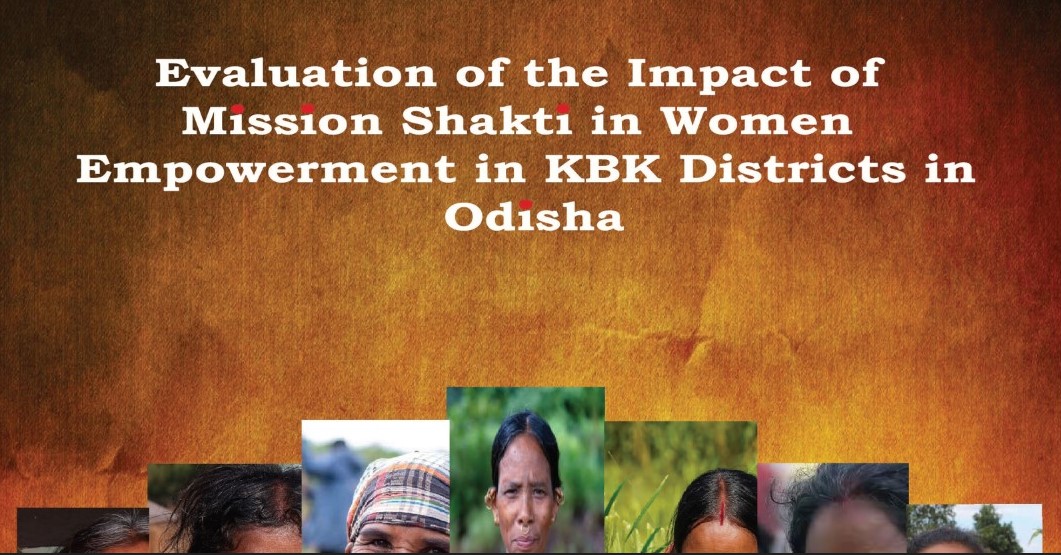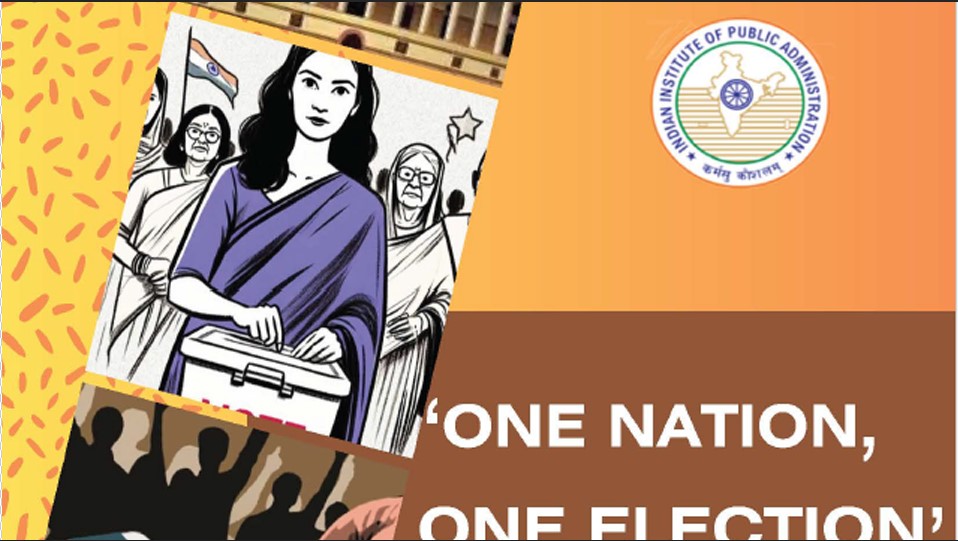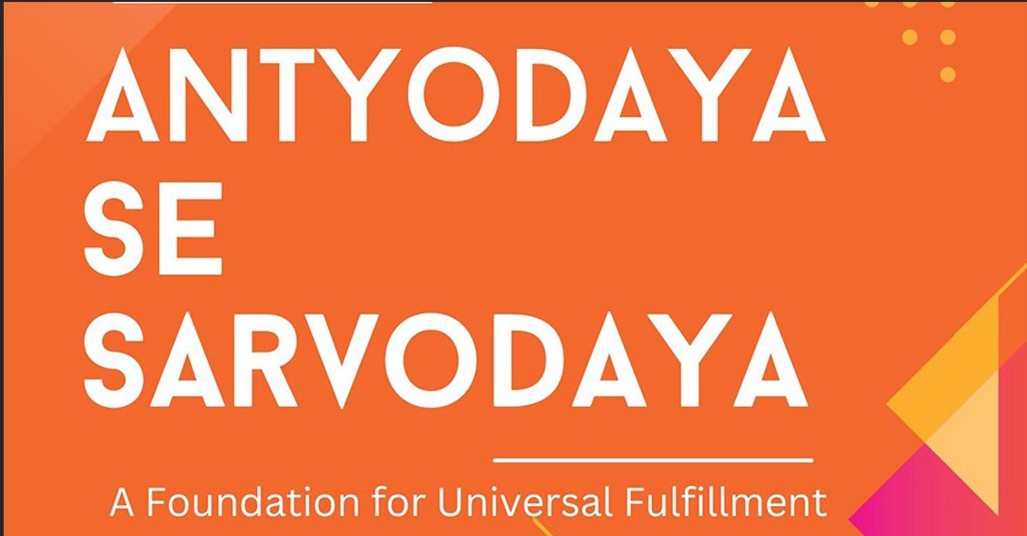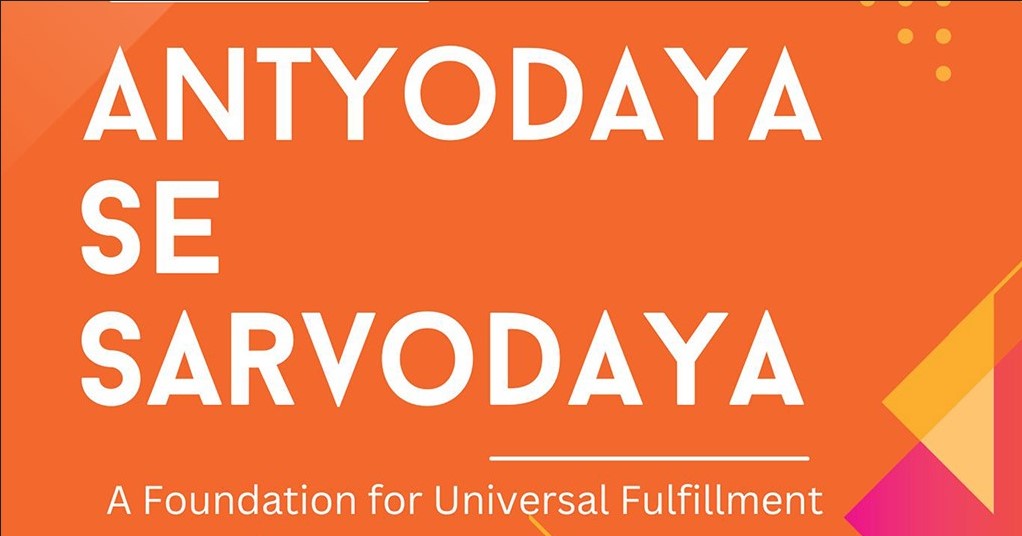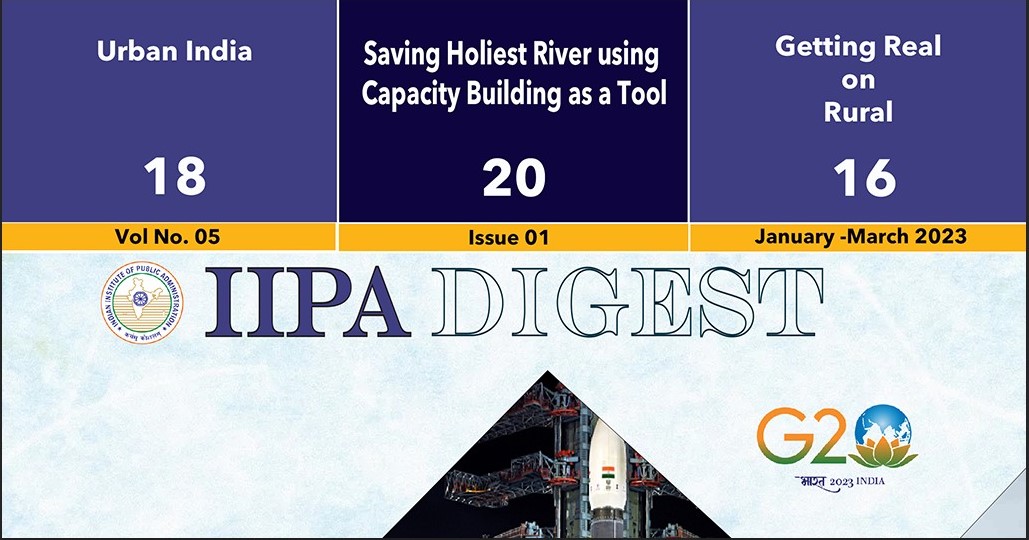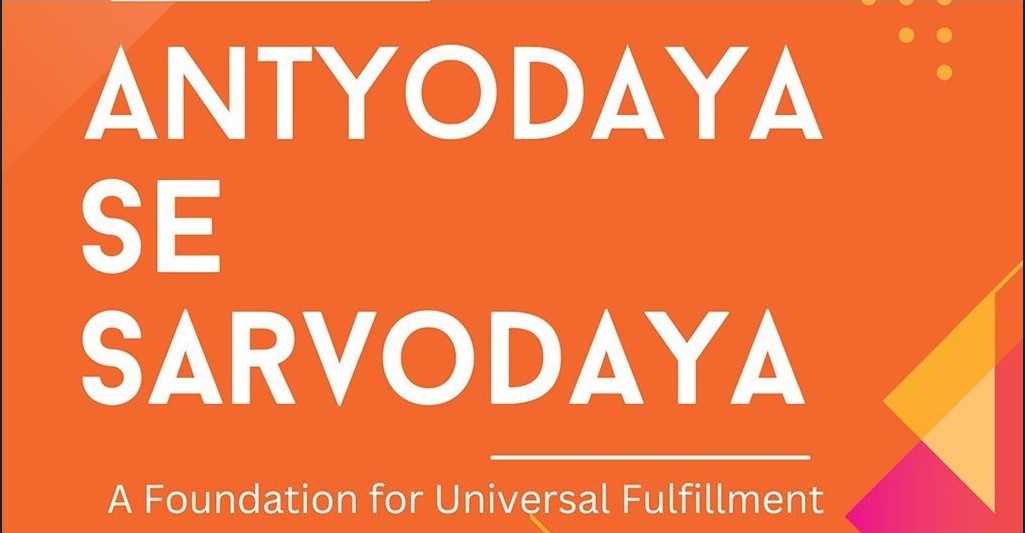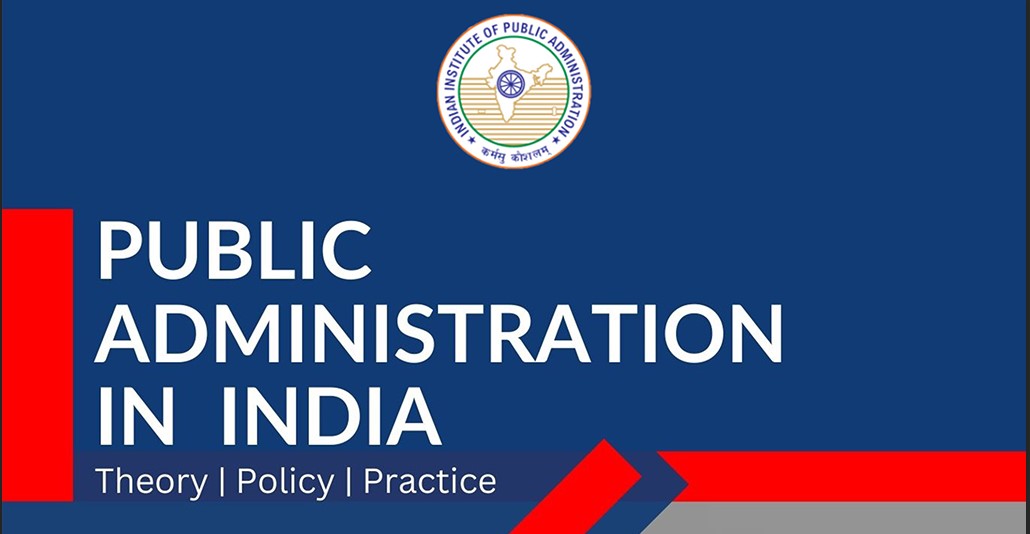Participatory Forest Management: A Theoretical Analysis
Introduction
In India, the paradigm of Participatory Forest Management (PFM) is proving to be transformative as it attempts to balance the intricate relationships between sustainable resource utilisation, forest regeneration, and conservation. India, which has about 70 million hectares of forest cover, struggles to meet the socioeconomic demands of the people who depend on the forests while also protecting these ecosystems. This theoretical analysis explores the underlying ideas, background, and complex dynamics that have shaped PFM’s development in the Indian context. The Forest Department has historically led India’s forest management, prioritising revenue generation through timber production at the expense of local communities’ rights and needs. Ecosystem degradation and strained relations between forest officials and the communities closely associated with these landscapes were the outcomes of this top-down approach.
PFM emerged in India in response to the realisation that it is not socially or ecologically justifiable to exclude local communities from decisions about forest management. An important turning point was the 1988 Forest Policy, which gave communities that depended on forests first priority. A participatory framework was formalized in the 1990 Joint Forest Management (JFM) order, which identified the rights, obligations, and roles of the Forest Department and local communities. (D Pratap, 2010). In India, PFM is a flexible, dynamic framework designed for particular ecological, social, and economic circumstances. The positive effects of PFM are demonstrated by experiences in states such as West Bengal, Haryana, Madhya Pradesh, and Gujarat, which highlight its potential to revitalize degraded forests and improve local livelihoods. The case studies provide empirical insights that are consistent with PFM’s theoretical expectations as a catalyst for community well-being and ecological resilience.
This theoretical analysis of PFM in India essentially looks at the transition from a top-down, exclusive model of forest governance to one that is inclusive and participatory. It explores the complex relationship between social justice and ecological sustainability, highlighting cooperative strategies that enable local people to take charge of protecting their forest legacy.
The theoretical underpinnings of PFM provide direction for creating a sustainable and just future for India’s forests and communities as it negotiates the challenges of striking a balance between conservation imperatives and socio-economic aspirations.
Objectives
• Explore and elucidate the basic concepts of Participatory Forest Management (PFM) in order to offer a clear and thorough comprehension.
• Examine how PFM’s theoretical underpinnings enables multiple stakeholders to actively engage in processes that ultimately lead to decisions about forest management and policy.
• Review the theoretical connections in the PFM framework between forests, biodiversity, and human well-being to learn how they affect sustainable forest management and identify the elements that are significant for sustainability.
Research Methodology
A qualitative research methodology is used in the theoretical analysis of Participatory Forest Management (PFM) in India. Based on an extensive review of the literature, the study explores well-established theoretical frameworks. Policy and stakeholder analyses break down different points of view. Communication with local communities are guided by ethical considerations. The research aims to enhance comprehension of PFM’s theoretical underpinnings and practical implications by means of qualitative data synthesis. Secondary sources for the study include books, journals, and official government documents.
Review of Literature
R A Sharma, 1995: PFM is crucial for revitalising damaged forests and combating poverty because it actively involves local communities in the planning and management of forest resources, according to RA Sharma’s 1995 study. In order to stop the destruction of forests and advance sustainable management, these works highlight the necessity of cooperative behaviour.
N C Saxena, 1997: Focusing on the Joint Forest Management (JFM) programme,“The Saga of Participatory Forest Management in India” provides an in-depth analysis of India’s forest policy. The book evaluates JFM implementation, examines the sustainability of collective action, and criticises previous policies based on in-depth field visits throughout states. It is an important tool for researchers funding organisations, and policymakers working on participatory development projects, and it provides profound additional knowledge to the theory of property regimes.
Wietze Lise, 2000: The evolution of participatory forest management (PFM) in Andhra Pradesh through Community Forest Management (CFM) and Joint Forest Management (JFM) is highlighted in the study. It examines the role, effects, and dimensions of government interventions.
A study on the variables influencing people’s involvement in forest management also highlights the significance of social and economic indicators and the facilitative role that states perform in this regard.
Mamta Borgoyary, 2005: The research on Uttaranchal’s local forest management assesses the intricate relationships between statutory, developmental, and traditional organisations. It draws attention to the power relationships and range of engagement styles found in organisations such as Village Forest Protection Committees. The study examines India’s PFM policies in a larger perspective and looks at various stakeholders’ implementation techniques to get the best livelihood benefits.
Golam Rasul, 2011: The article investigates policies, legal frameworks, organisational structures, and authority decentralised government related to participatory forest management (PFM) in Bangladesh, Bhutan, India, and Nepal. Despite the fact that all four of these nations are moving towards PFM, the characteristics and foundations are very different. In contrast to Bangladesh's highly centralised social forestry, which is viewed as weak, Nepal's community forestry stands out as a strong participatory system. In between are India's collaborative forest management and Bhutan's community forestry. For the purpose of promoting true PFM throughout these nations, the study offers a range of recommendations.
Binod Bhatta, 2013: The paper provides a contextualization of the Hindu Kush-Himalayas region and brings out its importance in terms of common property resources. It argues that the revival of participatory forest management is essential for the growth of the region and the reduction of poverty. The analysis emphasises the need for policies that facilitate this, identifies potential obstacles to implementation, and offers solutions. The research examines policy narratives and looks at claims related to participatory forest management in India (JFM) and Nepal (CF), offering logical assessment and empirical scrutiny.
In India, joint forest management, or JFM, has undergone several phases that have changed over time to reflect changes in challenges, policies, and methods. Below is a summary of the many stages:
Evolution of Joint Forest Management in India
Phase 1: Emergence (late 1970s to early 1980s)
Joint Forest Management began in the late 1970s and early 1980s. In this period, India saw a rising realisation of the importance of community participation in forest management. The conventional top-down strategy started to change as local communities were recognised as being key to the preservation and regrowth of forests.
Phase 2: Recognition of Policies (1988)
The National Forest Policy’s establishment in 1988 marked a major turning point. This strategy emphasised the importance of local communities’ involvement in forest management and formally acknowledged their role in it.
It paved the way for a more inclusive and cooperative approach by imagining cooperative efforts between local communities and forest departments.
Phase 3 (1990s): Experimentation and Implementation
Joint Forest Management became formally established in the early 1990s when pilot projects were started in several states. These trials sought to determine whether it would be feasible to involve local people in the preservation and regeneration of forests. In order to share duties and benefits, the Forest Department started working with the local villagers to form Joint Forest Management Committees, or JFMCs.
Phase 4 (mid-1990s to early 2000s): Scaling Up
Building on the successful trials, Joint Forest Management was significantly expanded throughout India in the mid-1990s. The model was embraced by several states, increasing the area of forests under community management. During this phase, there was an increase in Joint Forest Management Committees, indicating that community participation in forest conservation was becoming more and more accepted.
Phase 5: Amendments to Policy (2002)
In 2002, changes were made to the JFM guidelines in recognition of the need for more inclusive governance. The modifications sought to improve the representation of underrepresented groups, including women, in the decision-making process. It addressed the issue of power disparities and worked to improve the Joint Forest Management framework’s equitable structures.
Phase 6: The difficulties and Reevaluation (End of the 2000s – Beginning of the 2010s)
Notwithstanding the achievements, this stage highlighted the drawbacks and objections to the Joint Forest Management concept. Inequity, gender inequality, power dynamics, and inadequate incentives for local communities emerged as major concerns. The program’s efficacy came under investigation, which prompted a review of the rules and procedures.
Phase 7: Integration and Sustainability (From 2010 onward)
Making Joint Forest Management absolutely sustainable has been a priority in recent years. In an effort to link the objectives of socioeconomic development and forest conservation, JFM is being integrated with larger programmes for rural development. Making JFM financially sustainable, lowering reliance on outside funding, and promoting open, inclusive, and sustainable forestry practices are the main goals.
Theoretical Analysis:
Implications of Participatory Forest Management in India:
NGO and Civil Society Involvement:
The effective implementation of Participatory Forest Management (PFM) in India has been made possible by the contributions of civil society and non-governmental organisations (NGOs).
These organizations serve as intermediary organizations for local communities and government agencies, and they are essential in filling up procedural and informational gaps.
NGOs mobilize local communities and educate them about their rights and the advantages of participatory initiatives, so acting as catalysts for change. Non-governmental organisations (NGOs) equip community members with the necessary knowledge and skills to actively participate in forest management decisions by means of seminars, awareness campaigns, and capacity-building programmes. This instructional function is essential because it guarantees that the people living in the area are aware of their rights, the value of forests ecologically, and the possible advantages of sustainable resource management.
A single impact of NGO engagement is the development of increased consciousness within communities. Participating in PFM efforts more actively and intelligently is a result of this awareness. NGOs promote a cooperative atmosphere by serving as mediators in positive conversations between communities and government organisations. By working together, we can make sure that the special requirements and viewpoints of the community’s citizens are taken into account during the decision-making process, which results in more efficient and inclusive forest management techniques. NGOs are essentially local communities’ advocates, giving them the ability to actively participate in determining the sustainable future of their forest ecosystems.
Achieving Sustainable Forest Management
The incorporation of community involvement and local knowledge into Participatory Forest Management (PFM) has significant effects for India’s sustainable forest ecosystems. PFM guarantees improved forest regeneration and decreased degradation by embracing traditional wisdom and involving local populations in decision-making processes. By encouraging a careful balance between resource use and preservation, this strategy improves biodiversity conservation. Communities that actively participate adopt behaviours that are consistent with ecological sustainability. In the end, the participative method ensures that these essential natural resources satisfy the demands of both the present and the future generations by facilitating a healthy coexistence between human activities and forest ecosystems.
Entrepreneurial Opportunities in Participatory Forest Management (PFM)
In India, participatory forest management, or PFM, enables entrepreneurial possibilities that strengthen local communities’ economic and environmental standing. By providing natural experiences and guided tours, eco-tourism projects make the most of the abundant biodiversity and promote sustainable tourism.
The trade in non-timber forest products (NTFPs) includes the collection and exchange of resources such as medicinal plants, which offers communities a sustainable source of income while maintaining the sustainability of the resources. PFM additionally promotes agroforestry for community cultivation and sustainable agriculture methods. These chances promote economic growth, diversification of income, and the establishment of small companies in the community. By adopting an entrepreneurial mindset, PFM not only helps to preserve forests but also improves the socioeconomic standing of local communities, opening the door to a more affluent and sustainable future.
Skill Development in Participatory Forest Management (PFM)
Participatory Forest Management (PFM) facilitates skill development among local populations by allowing them to take part in forest management activities. Participating actively in forest-related activities improves community members’ abilities to use resources sustainably and practise conservation. As a result, the community gains better skill sets, which raises employability. Equipping people with natural resource management knowledge and skills guarantees the success of PFM programmes and produces a labour force that can support more ambitious environmental preservation objectives. PFM’s socioeconomic impact includes skill development as a vital aspect, promoting a community that is both economically empowered and ecologically sensitive.
Complex Interrelationships: Forest, Biodiversity, Human Well-being
The foundation of Participatory Forest Management (PFM) In India is the intricate links that exist between forests, biodiversity, and people well-being. Acknowledging these components’ interdependence is important to the concept. Significant improvements in livelihoods, ecological resilience, and community well-being are the results of this. PFM programmes indicate that biodiversity and forest health have a direct impact on human welfare, operating from a holistic perspective of the environment. FM seeks to establish a harmonious balance by recognising this connection and promoting ecosystems that support biodiversity and offer vital resources for the welfare of nearby communities. The methodology emphasizes the significance of creating habitats in which the complex interrelationships of forests, biodiversity, and human societies support the mutual well-being and longevity of all interdependent elements.
Potential effects of Participatory Forest Management in India
• Poverty Alleviation
• Improved Livelihood
• Holistic Environmental Balance
• Government – Community Collaboration
• Conflict Resolution
• Eco-tourism Growth
• Natural Resource Management
Significant Components necessary for the successful implementation of PFM in India
In India, participatory forest management, or PFM, is a dynamic, multidimensional strategy that incorporates local populations in the processes of making decisions concerning forest resources. To guarantee successful implementation and long-term results, a thorough investigation of all essential elements is necessary for the theoretical analysis of PFM in the Indian context.
Community-Centric Approach: PFM’s theoretical underpinnings underline how important it is for local communities to be involved in choices about forest resources. This calls for a sophisticated comprehension of the breadth of communal involvement. A crucial part is played by cultural nuances, historical ties, and customary links with trees. Given the heterogeneous sociocultural makeup of India, the research needs to take into account the ways in which various populations view and engage with their forest ecosystems.
Collaboration between the Government and Local Communities: Cooperation between the government, stakeholders, and local communities can be emphasised. This collaboration in India needs to be examined in the perspective of a larger socio-political environment. To what extent do local needs inform government initiatives, and how successfully are issues resolved? For PFM activities to be successful, it becomes imperative to use India’s cultural variety for productive collaboration.
Legal and Policy Implications: Adequate legal and policy frameworks are essential for PFM success. Examining current policies closely in the Indian setting is crucial to ensuring that they ensure validity in a variety of cultural and ecological situations. The theoretical framework needs to take into account the diversity of India’s communities and landscape while investigating prospects for localised adaptations.
Local Autonomy in Decision-Making: Local communities are empowered to participate in decision-making processes since PFM’s theoretical framework decentralizes authority. In India, the study has to look into how much autonomy local bodies are given. All of this stipulates an awareness of regional decision-making processes, cultural diversity, and the impact of traditional governance systems.
Equitable Benefit Distribution: An intense focus on members of the community distributing benefits fairly is needed. It is vital to assess the social and economic aspects of benefit distribution in the Indian setting. To ensure fair results, it becomes imperative to address gaps and promote inclusive growth.
Sustainable Resource Practises: PFM stresses the significance of ecological sustainability and is in line with the concepts of sustainable forest management. Examining how customary ecological knowledge is incorporated into practices is part of the Indian outlook. By recognising the inextricable link between communities and their ecosystems, it makes ensuring that resource management is in line with local environmental sustainability goals.
Resolution of Conflict in Various Settings: PFM foresees problems and includes ways to resolve them. It becomes essential to comprehend the dynamics of disputes in India’s various cultural settings. To ensure that PFM is implemented effectively, the theoretical framework needs to investigate conflict resolution techniques that take cultural sensitivity into account.
Capacity Enhancement for Local Communities: Comprehensive assessment of the training and education initiatives currently in place needs to be involved. Taking into account the linguistic diversity of the country, the strategy is to design capacity-building projects so that communities have the necessary tools to actively engage in PFM procedures. This means that training materials, techniques, and communication strategies must be tailored to the language quirks and cultural preferences of certain cultures. Bridging educational gaps and equipping communities with the information and skills necessary for successful participation in PFM activities are the objectives.
Biodiversity Conservation with Cultural Sensitivity: PFM incorporates biodiversity conservation with forest management while being sensitive to cultural differences. This article prescribes a review of conservation strategies that respect cultural customs in the Indian context. By ensuring that biodiversity goals are in line with regional customs, the study strikes a harmonious balance between cultural sensitivity and conservation.
Cultural values and ethical considerations: PFM considers moral principles in relationships with the community. The ethical ramifications of PFM in India must be assessed by the theoretical analysis, taking into account cultural values and legacy when making decisions. This guarantees that PFM programmes conform to the moral standards of various groups.
Way Forward
A multifaceted strategy is needed to advance Participatory Forest Management (PFM) in an effective manner. First and foremost, decentralisation of forest institutions is important in order to make decision-making more locally focused and responsive to community needs. Stakeholders’ active participation in community-based organisations cultivates a sense of accountability and ownership. Strong integration of accountability and transparency measures is necessary to foster stakeholder trust. Women and indigenous people must actively participate in PFM for comprehensive forest management.
Indigenous perspective improves sustainability, and women provide unique viewpoints and advocate for gender parity in decision-making. PFM is even more effective when good governance concepts are included. Consistent monitoring of forest management guarantees adherence to sustainable practices. Adopting digital governance solutions can help to improve decision-making efficiency by streamlining data management and communication. Initiatives aimed at increasing capacity are essential for equipping local communities with the knowledge and abilities required for sustainable resource management. This holistic approach guarantees that PFM fosters a resilient, accountable, and participatory framework for the preservation of essential ecosystems in addition to attaining sustainable forest management.
Conclusion
Theoretical analysis concludes that historical legacies, socio-economic dynamics, and environmental conditions interact in a nuanced way in India to shape Participatory Forest Management (PFM). It negotiates obstacles and achievements, as demonstrated by initiatives like India’s Joint Forest Management and Nepal’s Community Forestry. PFM and ecological resilience are linked by theoretical frameworks that highlight particularities of culture and ethical issues. Stakeholders are woven into the material of governance, including NGOs and local communities. The holistic approach of PFM integrates biodiversity, livelihoods, and forest resources. Decentralised governance, transparency, and capacity building are the ways forward; inclusive engagement of women and indigenous people is particularly important for long-term and fair forest management.
References
1. Ajay Kumar. 2000. A decade of JFM in India: Looking back for better foresight. Indian Forester. 125 (5): 579-582
2. Binod Bhatta, et al. (2013). Actors and their narratives in participatory forest management. Forests People and Power: The Political Ecology of Reform in South Asia, 92.
3. Dr. Sujit Kumar Biswas, Ms. Ashima Rai. Joint Forest Management and Community Participation: A Study in Indian Perspective. Indian Journal of Law and Justice. Vol. 12 No. 2.
4. G. Dhanapal. (2019). Revisiting participatory forest management in India. Current Science, VOL. 117, NO. 7.
5. Golam Rasul, et al. (2011). Comparative analysis of evolution of participatory forest management institutions in South Asia. Society & Natural Resources 24 (12), 1322-1334.
6. https://www.jstor.org/stable/4314311
7. Jagannadha Rao Matta, John Kerr, Kimberly Chung. (2005). From Forest Regulation to Participatory Facilitation: Forest Employee Perspectives on Organizational Change and Transformation in India. Journal of Environmental Planning and Management, Vol. 48, No. 4, 475–490.
8. Jens Friis Lund, Rebecca Leigh Rutt, and Jesse Ribot. (2018). Trends in research on forestry decentralization policies. 1877-3435/ã 2018 Elsevier B.V.
9. https://doi.org/10.1016/j.cosust.2018.02.003
10. Kashyap, S. C. (1990). National Policy Studies, New Delhi. Tata McGraw-Hill Publishing Company Limited.
11. Khare, A., Sarin, M., Saxena, N.C., Palit, S., Bhathla, S., Vania, F. and Satyanarayana, M. (2000). Joint Forest management: Policy, Practice and Prospects. IIED Publishers. London.
12. K. S. Murali, Madhuri Sharma, R. Jagannatha Rao, Indu K. Murthy, and N. H. Ravindranath. Status of Participatory Forest Management in India: An Analysis. Joint Forest Management and Community Forestry in India.
13. Mamta Borgoyary, et al. (2005). Participatory Forest Management in India: A Review of Policies and Implementation. Winrock International India
14. MoEF(Ministry of Environment and Forests). 1999. National Forestry Action Plan. Government of India, New Delhi
15. Najnin Begum. (2021). Participatory Forest Governance for Sustainable Forest Management: Opportunities and Challenges in Bangladesh. Macquarie Law School
16. Naresh Chandra Saxena. (1997). The Saga of Participatory Forest Management in India. CIFOR Special Publication
17. R A Sharma. (1995). Participatory forest management in India. Ambio, Springer, Vol. 24, No. 2 (Mar., 1995), pp. 131-133 (3 pages) https://www.jstor.org/stable/4314311
18. Sharma R. C. (2000). Beyond Joint Forest Management. Indian Forester: 126 (5): 463-476.
19. Tata Energy Research Institute. (1999). Study on joint forest management. Final Report, prepared for Ministry of Environment and Forest, New Delhi
20. T. Blomley and H. Ramadhani. (2006). Going to scale with Participatory Forest Management: early lessons from Tanzania. Commonwealth Forestry Association. The International Forestry Review, Vol. 8, No. 1, Special Issue: Africa – its forests and their future (March 2006), pp. 93-100 (8 pages)
21. https://www.jstor.org/stable/43740259
22. Vijai Shanker Singh, Deep Narayan Pandey. (2010). What Makes Joint Forest Management Successful? Science-Based Policy Lessons on Sustainable Governance of Forests in India. Climate Change and CDM, Cell Rajasthan State Pollution Control Board, Jaipur. RSPCB Occasional Paper No. 3/2010 © 2010, RSPCB
23. Ratna Reddy, M. Gopinath Reddy, Velayutham Saravanan, Madhusudan Bandi and Oliver Springate-Baginski. (2005). Participatory Forest Management in Andhra Pradesh: A Review of Its Working. Journal of Social and Economic Development
24. https://assignment.ignouservice.in/2021/09/why-is-there-need-for-participatory.html
25. https://encyclopedia.pub/entry/975
26. https://www.fao.org/3/XII/0355-C1.htm
Leave a comment
More articles from Governance & Polity
